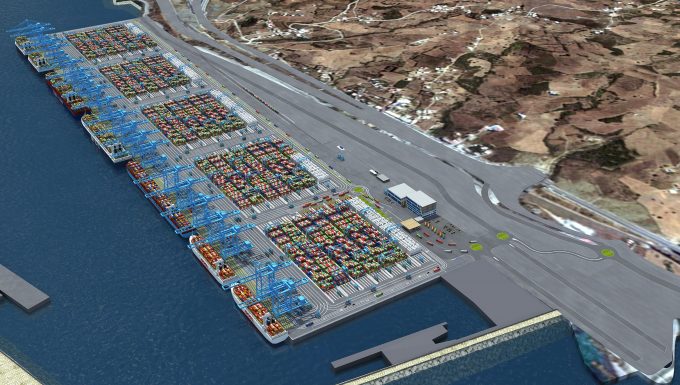Purchase of Panama railway 'a significant opportunity' for ambitious APMT
Maersk’s port arm, APM Terminals, has bought the Panama Canal Railway Company (PCRC), which runs ...

APM Terminals has earmarked another €750m investment in the western Mediterranean after signing a 30-year concession with Tanger Med Special Agency (TMSA) to develop a 5m teu capacity terminal at the Moroccan port of Tangier.
This may prove to be one of its boldest investments in ...

Comment on this article
Andy Lane
April 04, 2016 at 2:57 pmInvestment in ports/terminals with limited local hinterlands is always high risk. With the presently planned, and more to come, investments in West African port infrastructure, we will experience more direct Asia (and Europe) to/from Africa direct services (with larger vessels ~ 6,000-8,000 TEU), and less dependency upon transhipment. Tangier/Morocco however will always be an interesting alternative to Spain, simply based on cost alone. Indeed a West and East hub network set-up, rather than a single Central Med will yield lowest overall network costs and fastest transit times.